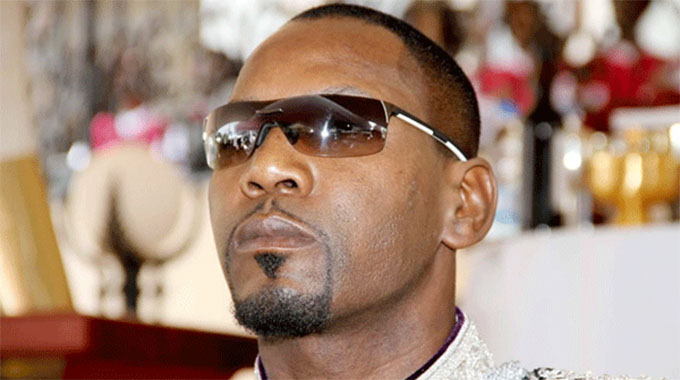The sweet grass of Matabelaland South

When the ruling Zanu-PF party this week descended on Esigodini in Matabeland South for its 17th Annual People’s Conference, two salient issues stuck out: the economy and devolution.
The ruling party, in line with President Mnangagwa’s vision and philosophy, has firmly set sights on the economy, making it a key theme in the narrative of the Second Republic. The focus on the economy is as restorative as it is aspirational.
Following years of economic downturn, as Zimbabwe lost two decades of growth and development, President Mnangagwa – the face of the Second Republic – is seeking to turn around the fortunes of the country that were previously hostage to politics.
On the other hand, the country is moving in a new, inclusive trajectory where development should reach every corner of the country through the optimisation of resources in the regions.
Matabeleland South has three major economic sectors, namely mining, cattle ranching and agriculture.
In terms of mining, the area is endowed with gold, silver, chrome, limestone, mica and nickel. However, cattle ranching is arguably the region’s best hoof forward.
The region is endowed with sweet grass that puts it at the centre of the country’s beef production.
There have been projects that support this thrust.
The Command Livestock programme, which runs parallel to the Command Agriculture import substitute for grain, has found a home in Matabeleland South.
In June, President Mnangagwa handed over 660 heifers to 151 beneficiaries from Matabeleland South’s seven districts.
He said the Command Livestock initiative would cover those interested in piggery, fisheries, ruminants and poultry, among others.
The President added that livestock production was a step in the right direction since Government was in the process of reviving the Cold Storage Company (CSC).
He explained: “We are not financing this programme from the fiscus, but we got the money from the private sector which has renewed confidence in us while we develop our agriculture sector.”
Earlier in February, mining giant Zimplats, partnered by the Zimbabwe Agricultural Society, made Matabeleland South one of its hubs under the “Shared Value: Improving and Sustaining Livelihoods” programmes whereby incubation centres would be established in Mhondoro (Mashonaland West), Matabeleland North and Matabeleland South.
The programme entails training farmers in sustainable livestock rearing and crop production.
According to the programme, the first phase targets inseminating 6 000 semen straws into a livestock population of 3 600, potentially producing 1 800 bulls and 1 800 heifers.
The second phase was set to increase the total semen straws to 16 000.
At the time, ZAS said the programme should be self-sustaining in the long-term.
“This intervention recognises that farming models need to change in order to create sustainability. Sustainability is the basis for replicability. The current communal system, which had its roots in the colonial era, no longer supports a sustainable farming ecosystem,” it said in a statement.
“In addition, this programme will also empower communal farmers with better livestock rearing practices so as to ensure sustainability.
“This project envisages an up-scaled model to a more holistic livelihoods improvement programme, encompassing climate-smart agriculture for increased crop productivity and higher yields, increased production of silage for the improved livestock and enhanced family nutrition through dairy milk production.”
The significance of the cattle economy, deriving from history, as well as the social value attached to the practice, cannot be overstated.
Zimbabwe has a reported 4-5million cattle, and Matabeleland South lays a significant stake in the number.
Esigodini, with its picturesque landscape watered by the December rains, provided a perfect portrait of what the province of Matabelaland South can produce and feed into the national economy.
Meanwhile, a key economic and governance issue that will be critical to Matabelaland South will be the rolling out of the devolution exercise.
Devolution is defined as the transfer or delegation of power to a lower level, especially by central government, to local or regional administration.
Zimbabwe’s 2013 Constitution provided for devolution and the implementation of the programme has begun in earnest with the availing of $310 million funds in the current National Budget.
Zimbabwe has 10 provinces and each will be allocated an equal amount to kickstart the process.
That is money in the bank for Matabeleland South.
The region will not only draw from the national pocket but also seek to leverage its advantage for the benefit and prosperity of its people.
A note of caution, though: President Mnangwagwa on Friday said devolution did not mean secession as the country remained a unitary State.
This means that for a region like Matabelaland South, focusing on the economy will not only be good for the locals but also the prosperity of the country as a whole.









Comments